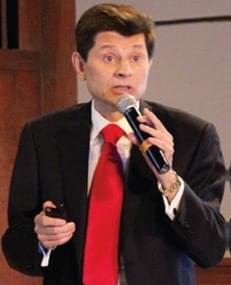No E3 this year, but we’ll get another Summer Game Fest.
The Electronic Entertainment Expo, known as E3, has been completely canceled for 2022. The event was originally going to be held in person this year but was shifted to an online showcase over COVID-19 concerns. That online showcase has now been canceled.








